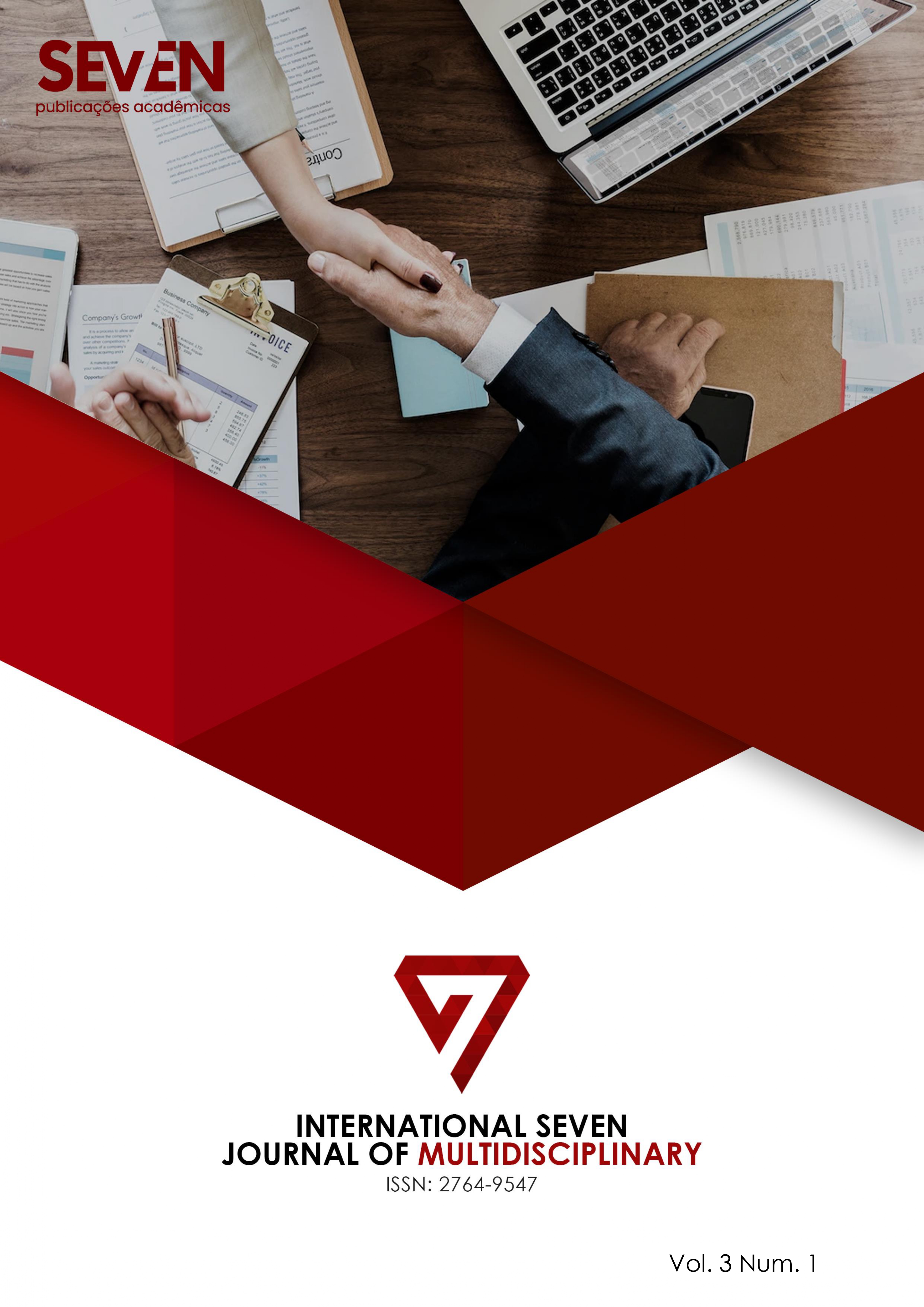TECHNOLOGICAL ADVANCEMENTS IN WELL DRILLING: THE ROLE OF ROTARY STEERABLE SYSTEMS
DOI:
https://doi.org/10.56238/isevmjv3n1-029Keywords:
Rotary Steerable Systems (RSS), Drilling Efficiency, Automation and Real-Time Monitoring, Oil and Gas Technology, Horizontal Well DrillingAbstract
The oil and gas industry, constantly evolving, has greatly benefited from significant technological innovations, especially in drilling. Oklahoma stands out as a hub of progress, with important milestones such as the drilling of the state's fastest well using Rotary Steerable Systems (RSS). This advancement exemplifies the growing importance of automation, real-time monitoring, and optimized drilling strategies to improve speed and precision in complex formations. RSS enables continuous rotation of the drill string, reducing friction, increasing stability, and minimizing non-productive time (NPT), resulting in higher rates of penetration (ROP) and lower drilling costs. The combination of real-time data and automated controls has also enabled more efficient drilling with lower environmental impact. Case studies, such as those by Hayes et al. (2023) and Dixit et al. (2023), show that adopting RSS can be more cost-effective than traditional systems like the Motor-Driven Curved Casing, offering significant reductions in cost per foot drilled and improvements in penetration speed. Furthermore, digitization and automation have facilitated a shift to remote operations, minimizing risks to workers and reducing the carbon footprint. RSS systems are becoming increasingly essential for drilling in horizontal and extended-reach wells, with the use of these emerging technologies providing greater efficiency, accuracy, and sustainability in oil and gas exploration. The future of drilling is closely tied to these technological advancements, with promising benefits for the industry.
Downloads
Published
Issue
Section
License
Copyright (c) 2024 International Seven Journal of Multidisciplinary

This work is licensed under a Creative Commons Attribution-NonCommercial 4.0 International License.


